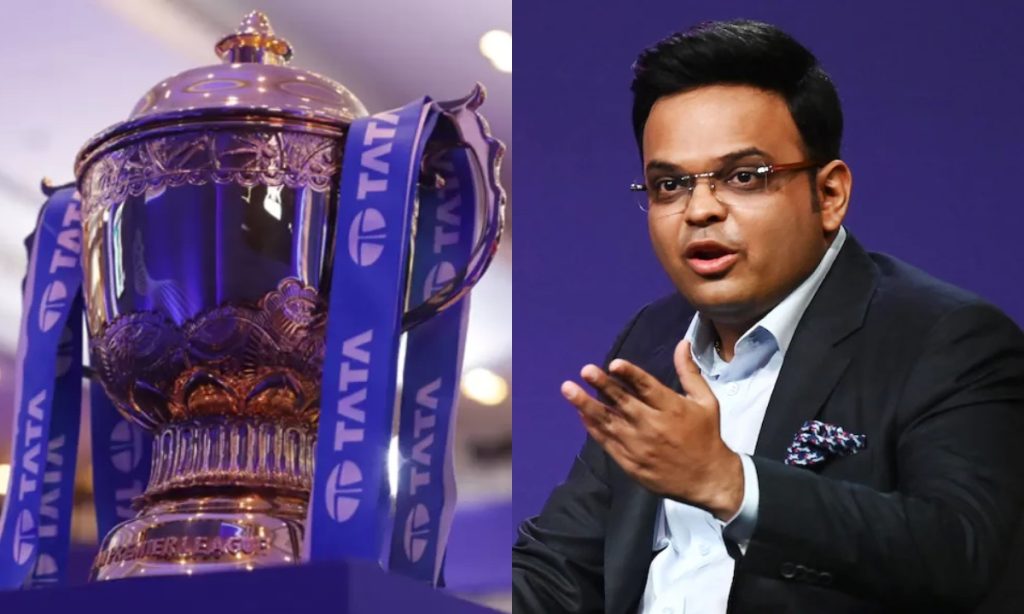The Indian Premier League (IPL), often hailed as the pinnacle of cricket entertainment, has seen its enterprise value decrease by 11.7% to $9.9 billion in 2024, marking a significant shift in its financial landscape. This downturn, primarily attributed to a reassessment of media rights and industry consolidation, reflects broader market dynamics affecting even the most lucrative sports leagues.
The IPL’s valuation has historically been buoyed by robust media rights deals, with broadcasters and digital platforms vying for a piece of the cricketing action. However, recent developments have altered this landscape. The failed merger between Zee and Sony, which would have created a broadcasting giant, alongside the delay in tech giants entering the bidding fray for media rights, has led to a less competitive environment. This lack of competition has directly impacted the valuation of IPL’s media rights, which form a significant part of its revenue stream.
Industry observers and reports, like those from D&P Advisory, have pointed out that the consolidation of broadcasting power has inadvertently reduced the bidding wars that previously drove up IPL’s valuation. When media rights are up for grabs, the presence of multiple strong bidders typically inflates the value. However, with fewer players in the game, the bidding lacks the previous intensity, resulting in lower rights fees and, consequently, a lower valuation for the IPL.

This scenario also highlights a broader trend in media and entertainment: the shift towards digital platforms and the evolving nature of content consumption. While traditional broadcasters still hold significant sway, the rise of streaming services and the potential entry of tech giants like Amazon or Google into cricket broadcasting could have promised a new era of digital revenue. However, their delayed or cautious approach towards investing in cricket media rights has left a gap, affecting the IPL’s market appeal.
The implications of this valuation dip are multifaceted. For franchise owners, it might mean a reevaluation of their investment strategies, focusing more on sponsorships, merchandise, and fan engagement through digital platforms. For players, while the IPL remains a lucrative platform, the overall financial pie might not grow as expected, potentially affecting bidding wars for player contracts.
Moreover, this situation underscores the IPL’s dependency on media rights revenue. While cricket remains a religion in India, the business model of the IPL, heavily reliant on broadcasting deals, needs diversification. The league might explore innovative revenue models, including enhancing its digital footprint, expanding global viewership, or even venturing into new formats or leagues that could attract different demographics or regions.
The stakeholders in the IPL, from the BCCI to franchise owners, are now at a crossroads. The challenge lies in maintaining the league’s allure while navigating through a changing media landscape. This might involve strategic partnerships, leveraging technology for better fan experiences, or even rethinking the IPL’s global outreach to tap into new markets.
IPL’s valuation dip serves as a wake-up call for all involved in cricket’s commercial ecosystem. It’s a reminder of the volatile nature of media rights in the digital age and the need for adaptability. While the IPL’s brand value and its role in cricket’s global narrative remain strong, the financial model supporting it must evolve to ensure continued growth and sustainability. This moment might just be the catalyst for the IPL to innovate, diversify, and perhaps, emerge stronger in the long run.

